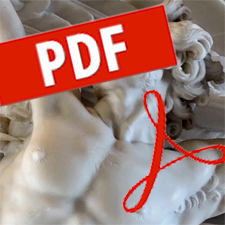The proliferation of research collaborations amongst industry, university and public sector research organisations encourages and increases national innovative capacity. Innovation activities in research collaborations are governed by four major determinants that are critical for the transformation of new ideas generated within research organisations into commercial products, processes or user services. These determinants include the status of knowledge, organisational management factors, linkage mechanisms and market and user opportunities. Interaction between these determinants is important for an analysis of innovation clusters formed across different national research programs. This paper discusses the relationships between major determinants of innovation using a ‘symbiotic’ model which is similar to Michael Porter’s ‘diamond’ model for competitive advantages of national industries. The model is applied to emerging ‘innovation clusters’ supported by the Cooperative Research Centres Program in Australia and is field tested at centre level for its explanatory viability. The discussion provides insights into improved management methods for innovation in collaborative research arrangements.

PAGES
207 – 224
DOI
All content is freely available without charge to users or their institutions. Users are allowed to read, download, copy, distribute, print, search, or link to the full texts of the articles in this journal without asking prior permission of the publisher or the author. Articles published in the journal are distributed under a http://creativecommons.org/licenses/by/4.0/.
Issues
Also in this issue:
-
Ryan Jenkins, David Černý and Tomáš Hříbek (eds) Autonomous Vehicle Ethics: The Trolley Problem and Beyond
-
As open as possible, but as closed as necessary: openness in innovation policy
-
Turning sportswashing against sportswashers: an unconventional perspective
-
State secrets and compromises with capitalism: Lev Theremin and regimes of intellectual property
-
In search of an author
A SYMBIOTIC MODEL OF INNOVATION MANAGEMENT FOR COLLABORATIVE RESEARCH
Original Articles